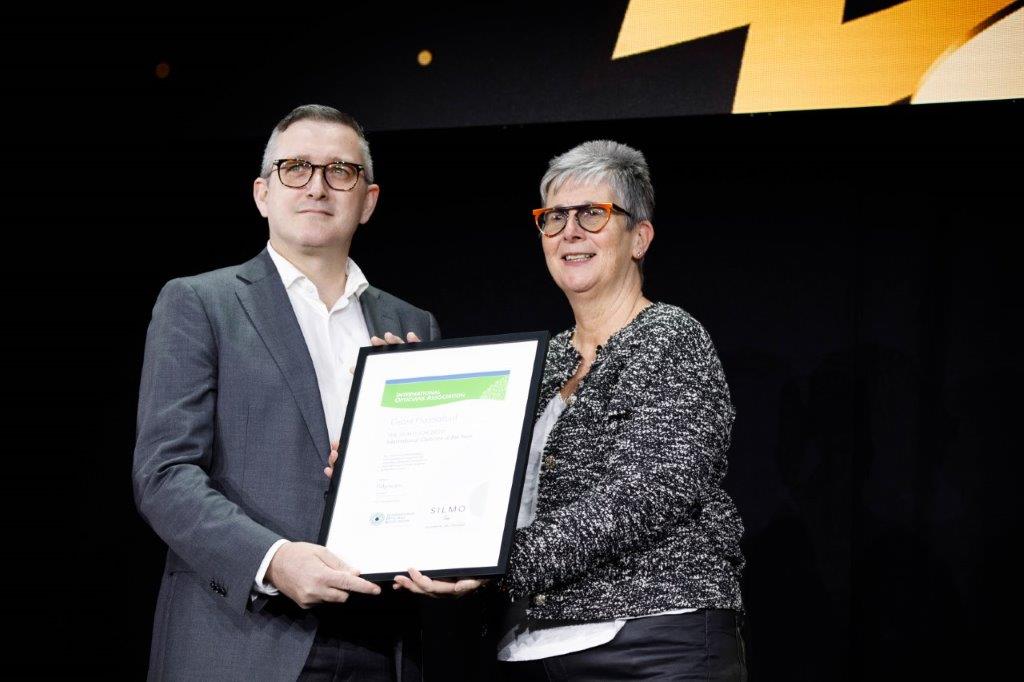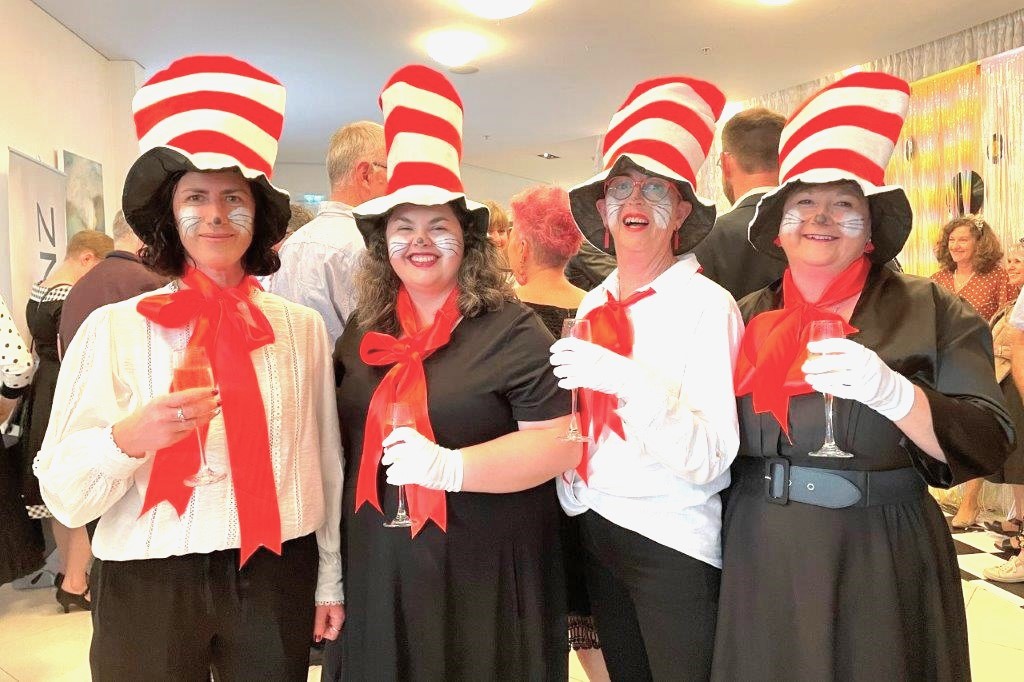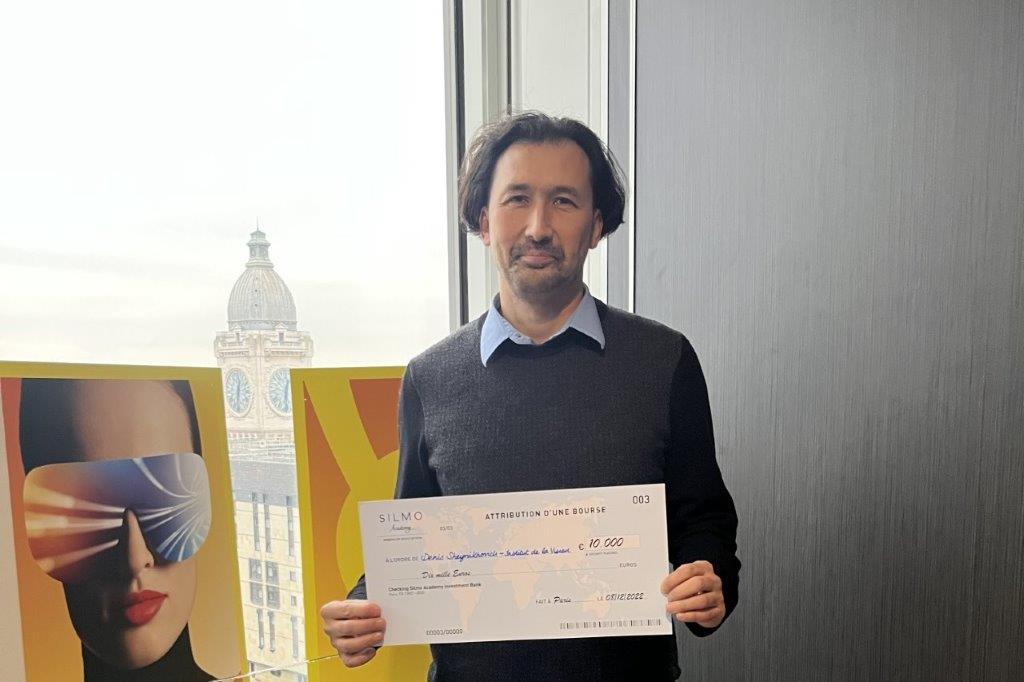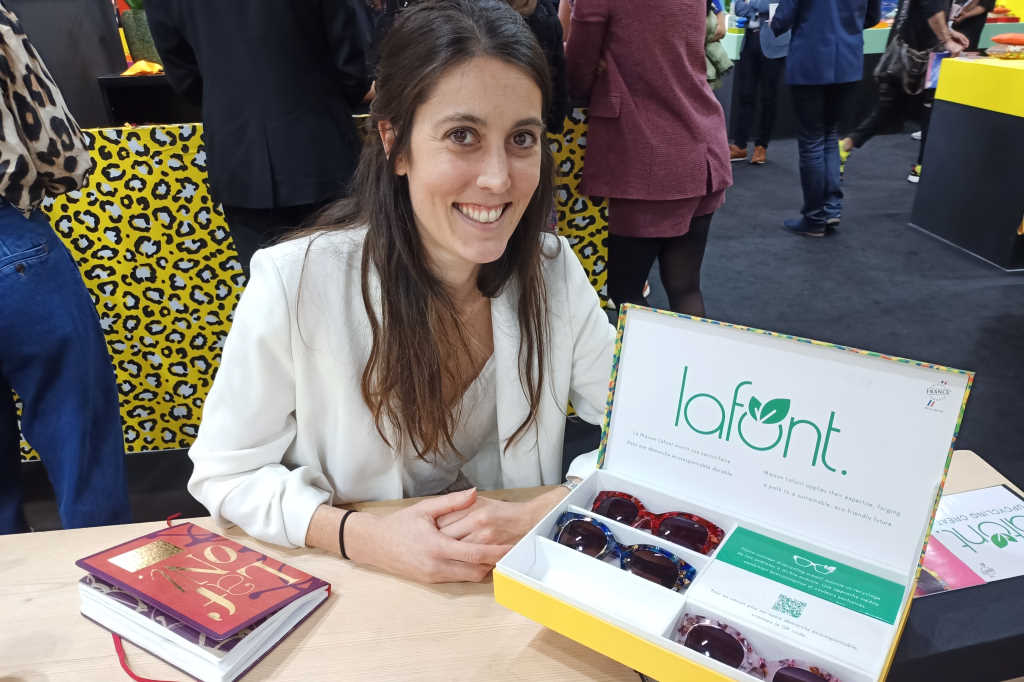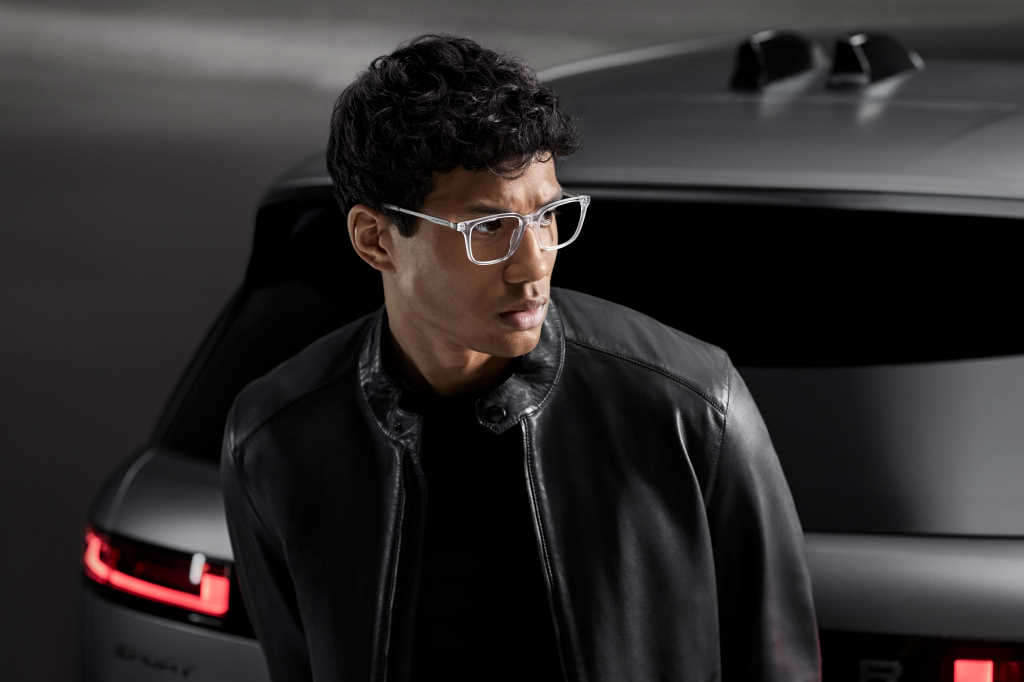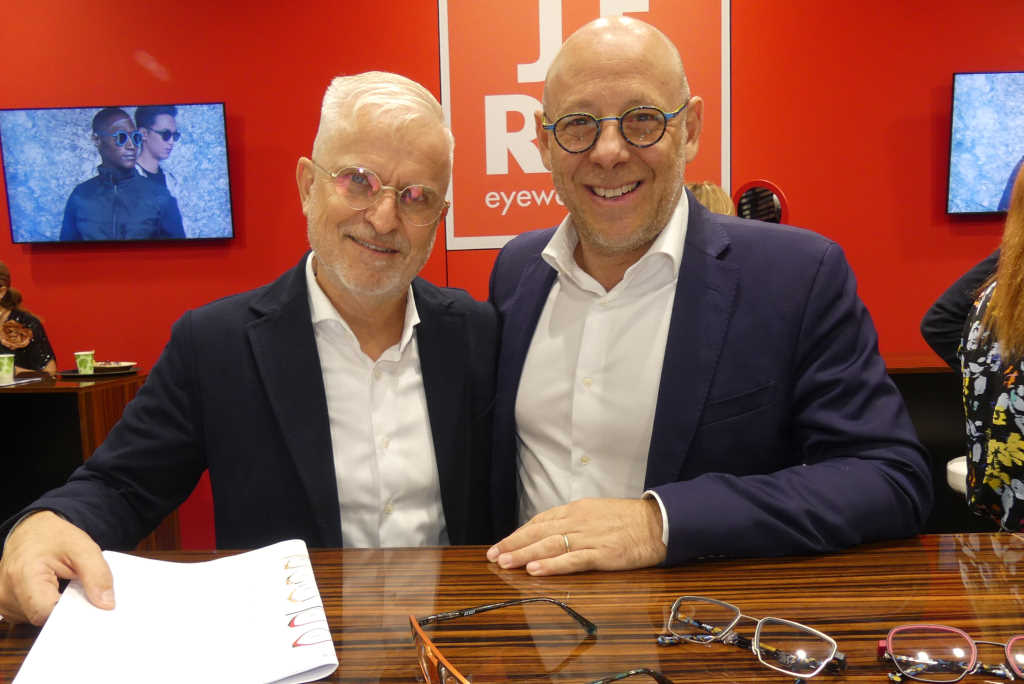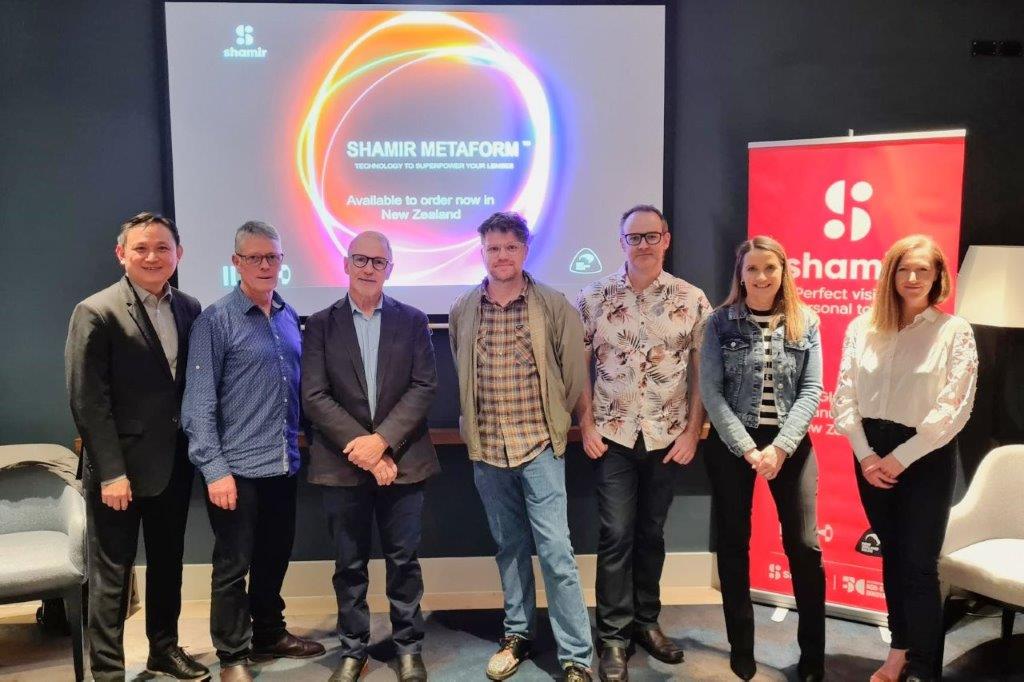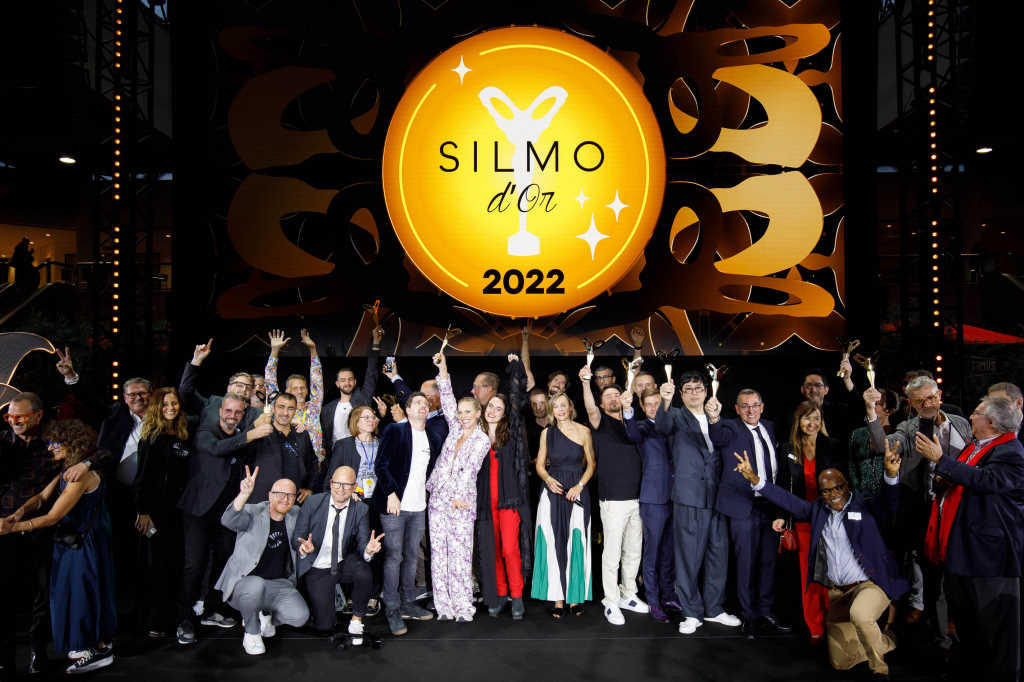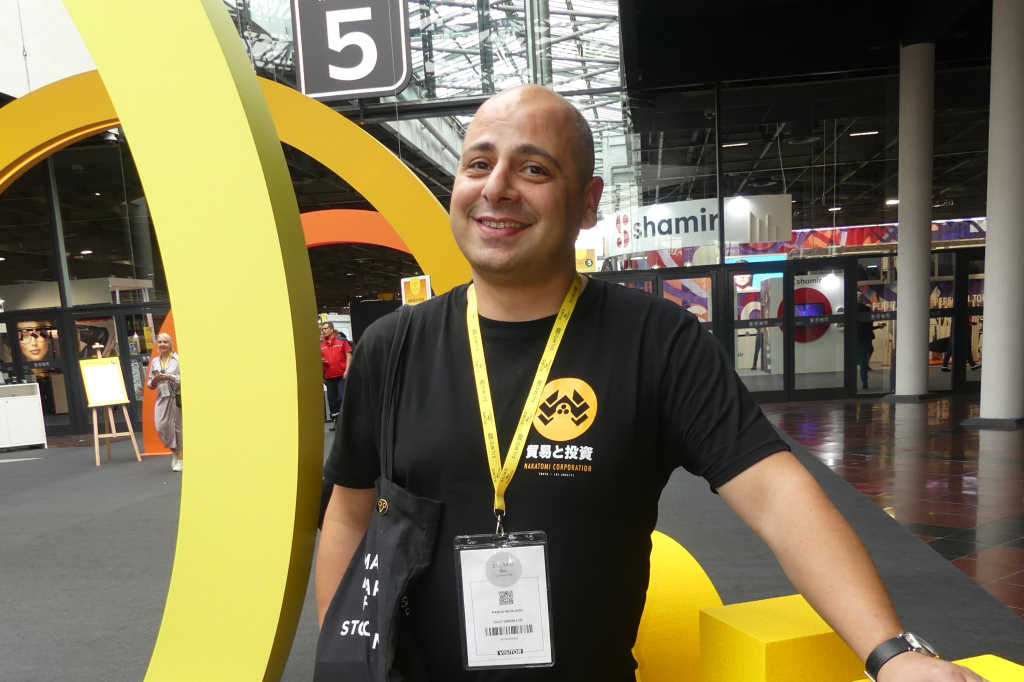DISPENSING MATTERS: Learning curvature
IOA Silmo International Optician of the Year winner 2022 Grant Hannaford took time out to explain to Jai Breitnauer why “Persistently getting things wrong is the key to doing things right”
Grant Hannaford always dreamed of going on stage and collecting an award, but he imagined it would be from MTV rather than the International Opticians’ Association (IOA).
“My first degree is in music; I wanted to be a rock star!” he laughed over Zoom from Bowral, New South Wales. “But music wasn’t paying the rent. I worked for the courts for a while and then got a job as a trainee optical dispenser.” Despite the distinguished optical career that followed, Hannaford never imagined he would win the gong at Silmo, admitting he only went to Paris because he was in the UK delivering lectures and it seemed rude not to pop over. When his name was announced, he thought he’d imagined it and waited to see who the ‘real’ winner was.
“Everyone turned and looked at me like I was a fool. I thought, ‘Oh, right!’ But I still had to check the certificate on stage to make sure it really was me! Those other candidates were really strong. Any one of them could have won and it would have been well deserved.”
Once upon a time, Hannaford’s only connection to the optical industry was being a glasses-wearer himself. But he found the art of dispensing charming and by the time he met his wife Thao, an optometrist, and they launched Hannaford Eyewear, he was hooked on the incredible science of it all.
“Having our own practice gave me the desire to really differentiate what we were offering locally. I went back to uni, did a degree in physics and maths and postgraduate study in lens manufacture. Now I’m doing a PhD. I knew we could offer something different and I’ve engaged in study to enable that.”
The reward of getting things wrong
It was the challenge of returning to university that really helped Hannaford distinguish his offering from that of other practices. But returning to study science and maths was a significant hurdle, he said. “I was well outside of my comfort zone, sat at the kitchen table every night with my assignments, unable to fathom what was going on. Then one day I reached a tipping point – I learned how to learn in that environment and it was like a door opening.” Persistently getting things wrong helped him get things right, he said.
“Even if we don’t get the answer we want, or the wrong answer, it teaches us how to get it right the next time. Every false start contained information that helped me with the next patient. My degree taught me that process – good process – and that is how I work.”
Finding novel solutions is one of Hannaford’s great professional pleasures, he admitted. “To see a patient as an individual and to say, ‘Well I know this lens isn’t meant to be used this way but let’s give it a try’ is a real joy.”
This individualisation is integral to the future of optics, he said. But to develop optimal outcomes for individuals, the two halves of high-street practice first need to learn to work better together.
Bridging dispensing and optometry
“There is a rivalry between dispensing opticians and optometrists and I don’t know what its foundations are,” admitted Hannaford. “There is a divide between the perception of the roles and I don’t think it is fair or apt.” Thao has described her husband as a bridge between dispensing and optometry, a description he not only accepts but admits he set out to achieve for the sake of patients.
“The easiest way to bridge the gap was to do my master’s in optometry and have a foot in both areas,” he said. “Optical dispensing has morphed into a managerial or retail role and that’s not what the patient needs; lenses are a clinical part of the patient experience.”
Hannaford said marrying an optom provided an organic model for a more forward-thinking and collaborative optometrist-optician relationship. He feels it is logical for a dispensing optician to push their clinical knowledge base as far as it can go, while not treading on the toes of the optometrist, just supporting them with better dispensing.
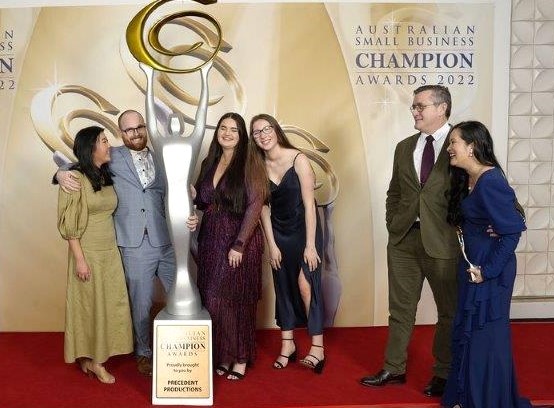
The Hannaford team celebrates winning 1st place in the optometry category at the Australian Small Business Champion Awards 2022, with (right) Grant Hannaford and his wife, optometrist business partner Thao Hannaford. Credit: Hannaford Eyewear
“Opticians can operate in the clinical space, even if they aren’t prescribing, by having a level conversation with the optometrist and making sure the product outcome is right for the patient,” he said. “In our practice there is a clear distinction between Thao as the optometrist and me as the dispensing optician, and that is essential. But there is also collaboration, just like you see a GP for diagnosis and a pharmacist for the medicine. Lenses are healthcare, not a retail opportunity.”
At the edge of optical science
Although the technicalities of lens manufacture inspired Hannaford’s career path, these days the development of the eye itself is his core interest. His PhD studies under Professor Nicola Logan at Aston University in the UK are focused specifically on children’s eye development.
“The centre of rotation of the eye is a standardised value, but that never quite sat comfortably with me because it’s not appropriate for every eye,” said Hannaford. “There are exciting recent developments for the application of biometrics in very niche lens design and research on the role of understanding axial measurements in myopia. Both these things could lead to individualised lens design and a personalised patient experience that ultimately gets us ahead of the diagnosis.”
Hannaford explained the implications of such developments are huge. “Imagine a family of lenses as a clinical appliance – not just to correct refractive error but to support patient outcomes in the long term. Not just a response to symptoms but a tool in the long-term eyecare journey,” he said. “There is still a way to go, but we are seeing it with myopia control lenses; we are just starting to get in front of the development curve. It’s exciting, this future in which we are no longer reactive, but strategic about a patient’s visual future.”
Freelance writer Jai Breitnauer divides her time between New Zealand and the UK. She lives with her husband and two children in Bristol and is a regular contributor to NZ Optics.










